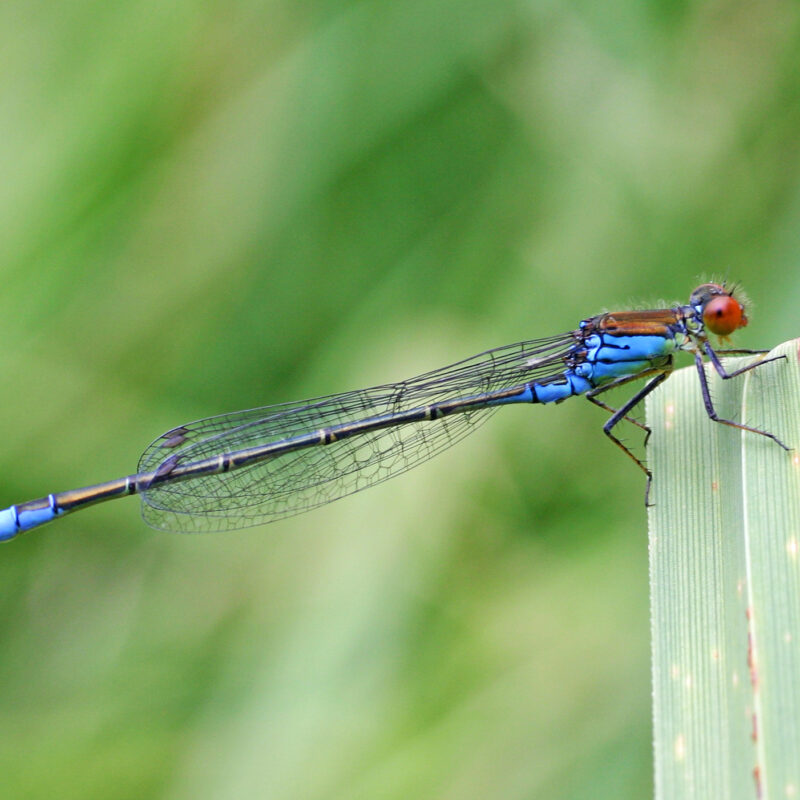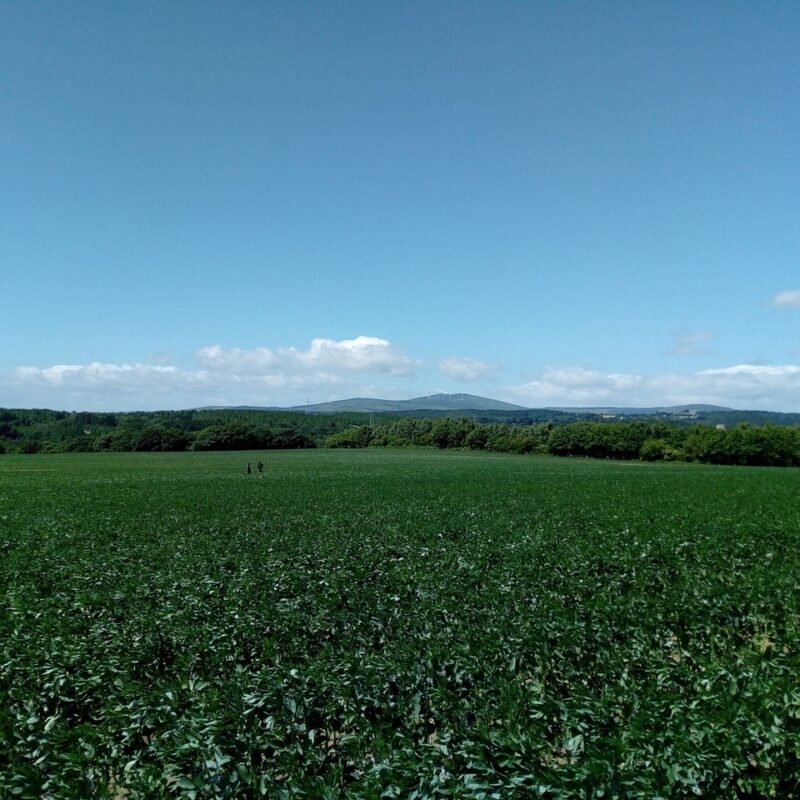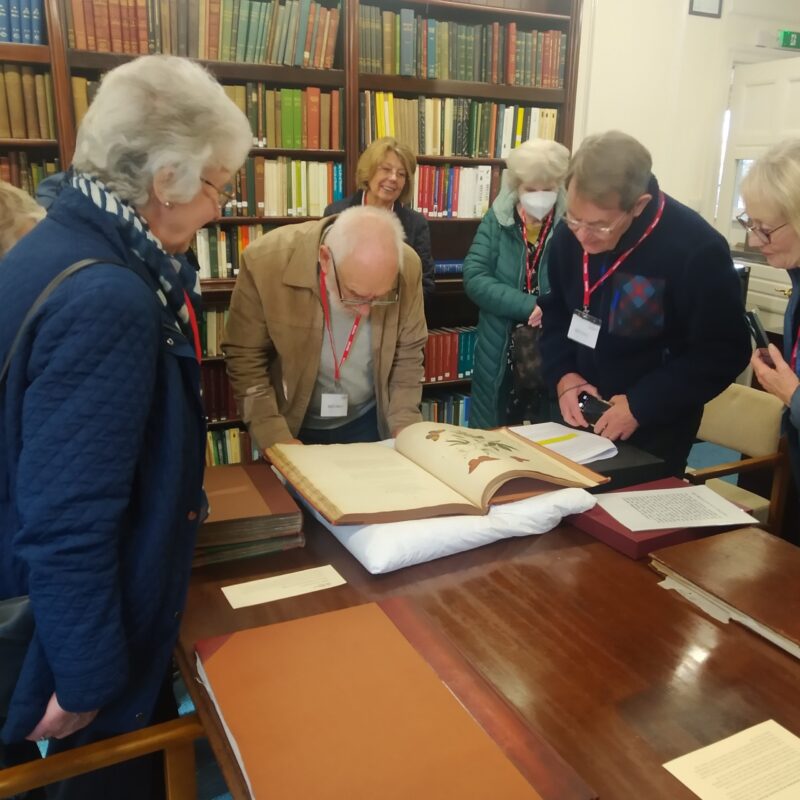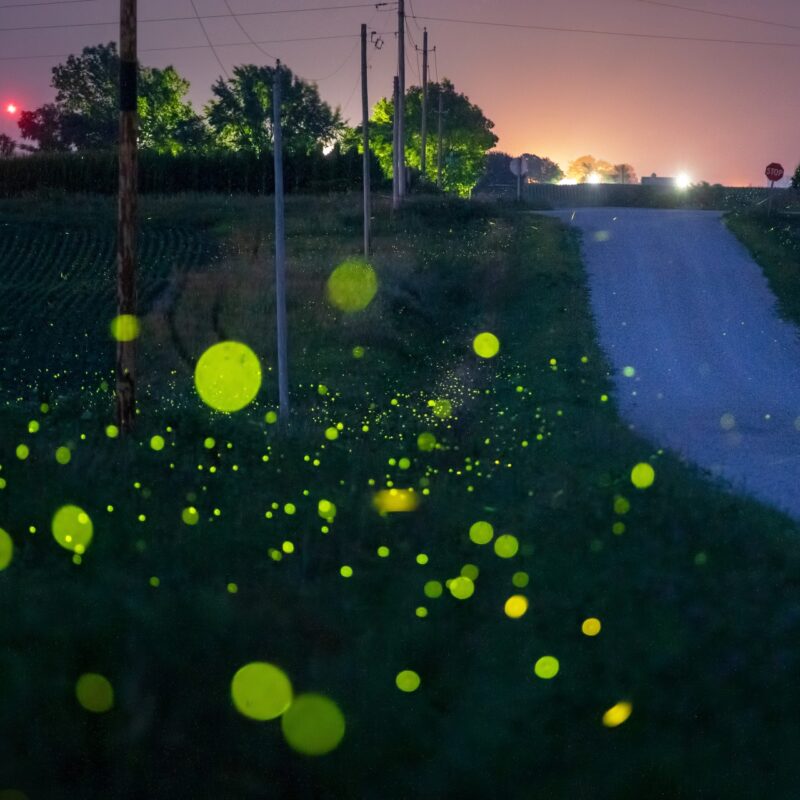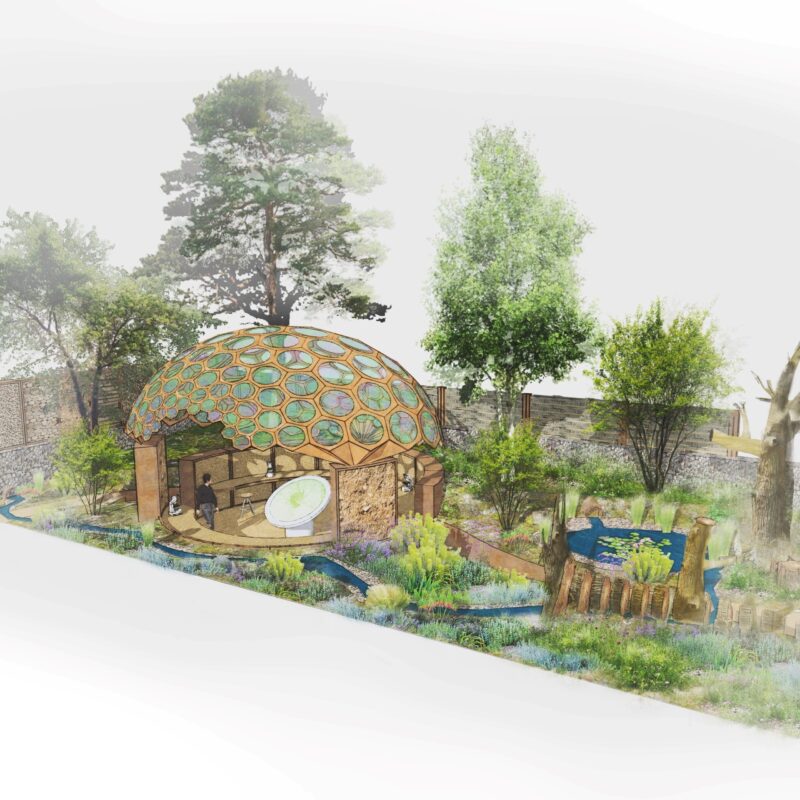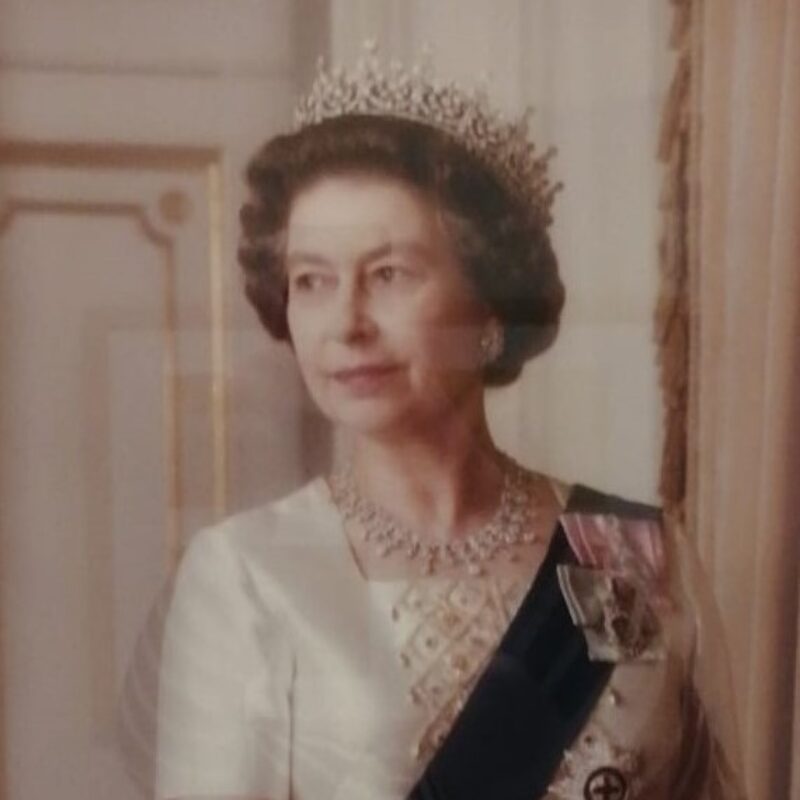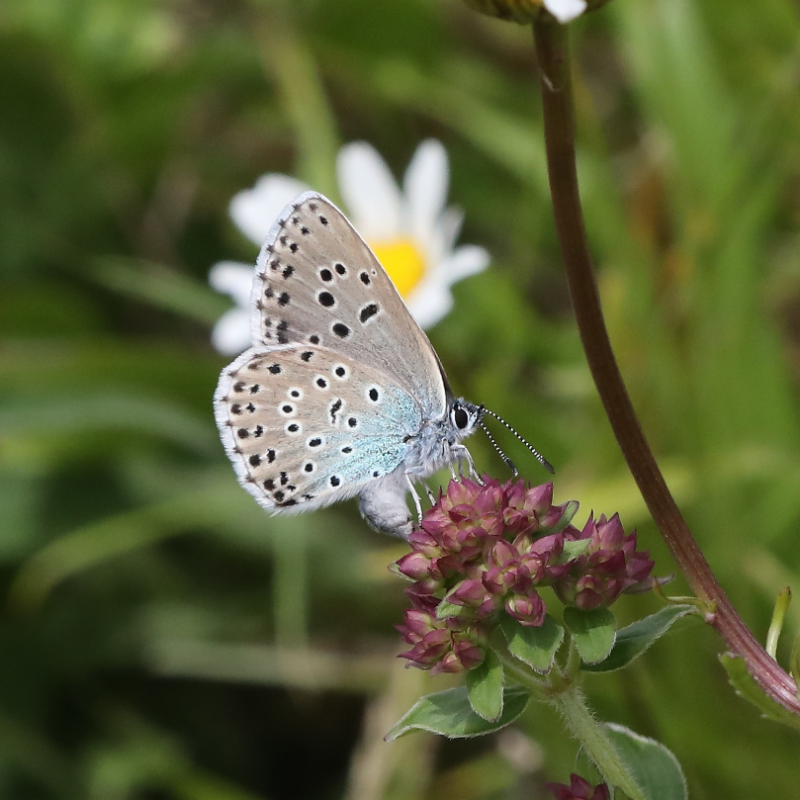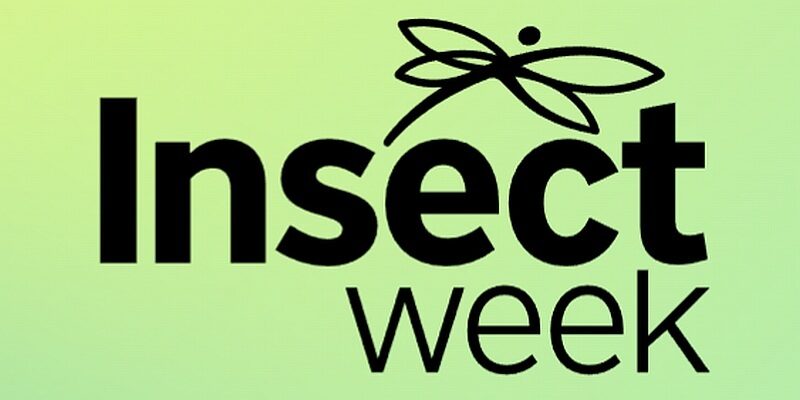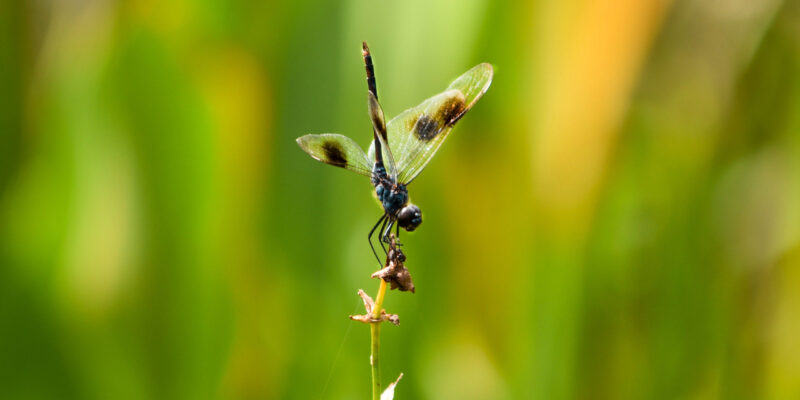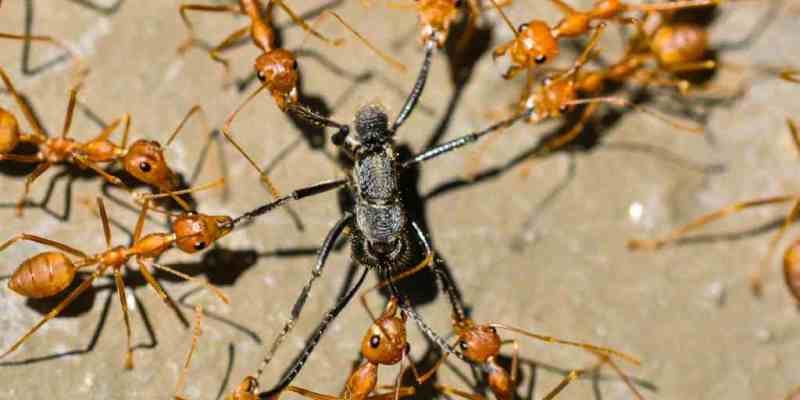New damselfly sharing habitat with UK natives
Research published in Insect Conservation and Diversity shows that a damselfly species that came to the UK from Europe poses a minimal risk to native damselflies and dragonflies, new research shows.As tens of thousands of species shift their “range” (the areas they live in) due to climate change, the small…
Irish faba beans (Fabales: Fabaceae) depend on wild bumblebee pollination for marketable yields
Irish faba beans (Fabales: Fabaceae) depend on wild bumblebee pollination for marketable yieldsNew research published today (31 January 2023) in the Royal Entomological Society (RES) journal Agricultural and Forest Entomology conducted by Dr Katherine Burns and Dr Dara Anne Stanley from the School of Agriculture & Food Science at University…
Local painting group visits RES Library
Local painting group visits RES LibraryMembers of Harpenden Botanical Painting Group visited RES Library for a tour of the Library, and to view some of the 1,500 strong collection of rare entomology books that it holds.They viewed a selection of 18th Century books featuring hand coloured copper plate etchings of…
Impact of Pathogens’ Environment on Fireflies
Impact of Pathogens’ Environment on FirefliesA Bucknell University press release. Research published in Ecological Entomology.One in three firefly species in North America may be at risk of extinction, according to a study by the Xerces Society for Invertebrate Conservation. One explanation may be the way fireflies react to common bacterial…
RES Journals Virtual Issue – COP 27
COP 27 starts today. It’s vital to consider insect science in setting climate policies. This Virtual Issue from RES journal Editors Tilly Collins, Allan Watt, Raphael Didham and Emma Weeks collates key research from across entomological disciplines to inform potential solutions to key problems facing policy makers.All the articles are…
RES to highlight crucial role of insects with first ever RHS Chelsea Flower Show Garden
The Royal Entomological Society to highlight crucial role of insects in our changing world with first ever RHS Chelsea Flower Show GardenThe Royal Entomological Society Garden, designed by Tom Massey and supported by Project Giving Back, will be unveiled at RHS Chelsea Flower Show 2023 (23 – 27 May) before…
Bees active in woodland tree-tops, research shows
Bees active in woodland tree-tops, research showsA University of East Anglia press release. Research published in Insect Conservation and Diversity. The study was conducted in Norfolk, across a farmed landscape with many mature deciduous woodlands managed for timber. Blue vane traps were used to attract and catch wild bees at…
Ento22 is here!
Our annual conference returns in-person at University of Lincoln for the first time since 2019This week is one of mixed emotions for members, fellows and staff of the Royal Entomological Society. It is a sorrowful week mourning the passing of Her Majesty Queen Elizabeth II, Patron of the Royal Entomological…
The Royal Entomological Society pays tribute to Her Majesty The Queen
The Royal Entomological Society pays tribute to Her Majesty The QueenThe staff, trustees, members, and fellows of the Royal Entomological Society are deeply saddened by the passing of Her Majesty Queen Elizabeth II, our patron for over 70 years since her ascension to the throne in 1952. We offer our…
Large blue and other rare insects thriving on grasslands restored as part of RES project
Read the full Press Release here: Rare insects and plants thriving under the wing of the globally endangered Large blue butterfly on restored grasslandsThe once-extinct Large blue butterfly, reintroduced to the UK in 1983, flew in its greatest numbers since records began on the largest number of sites in 2022.…

